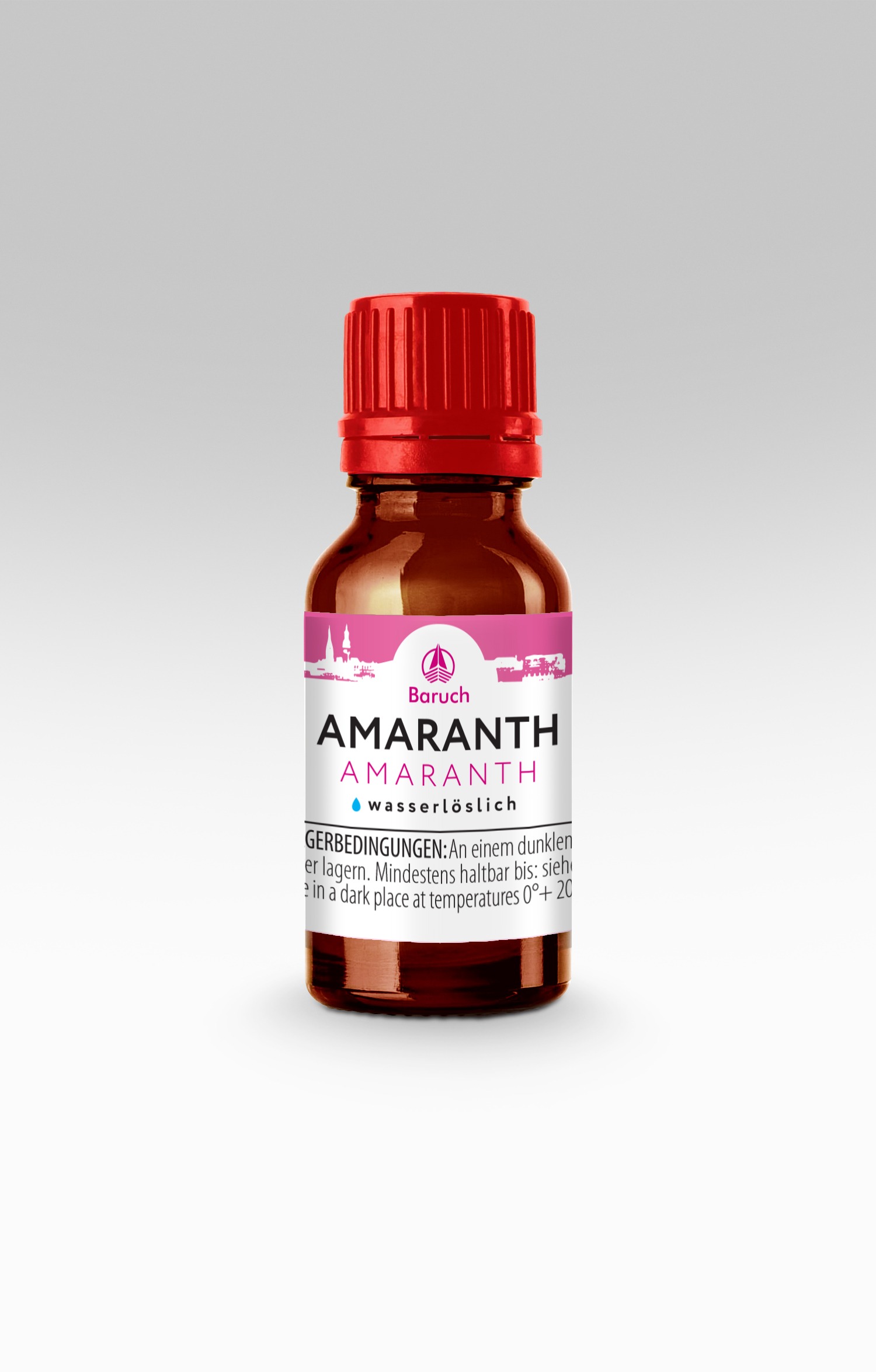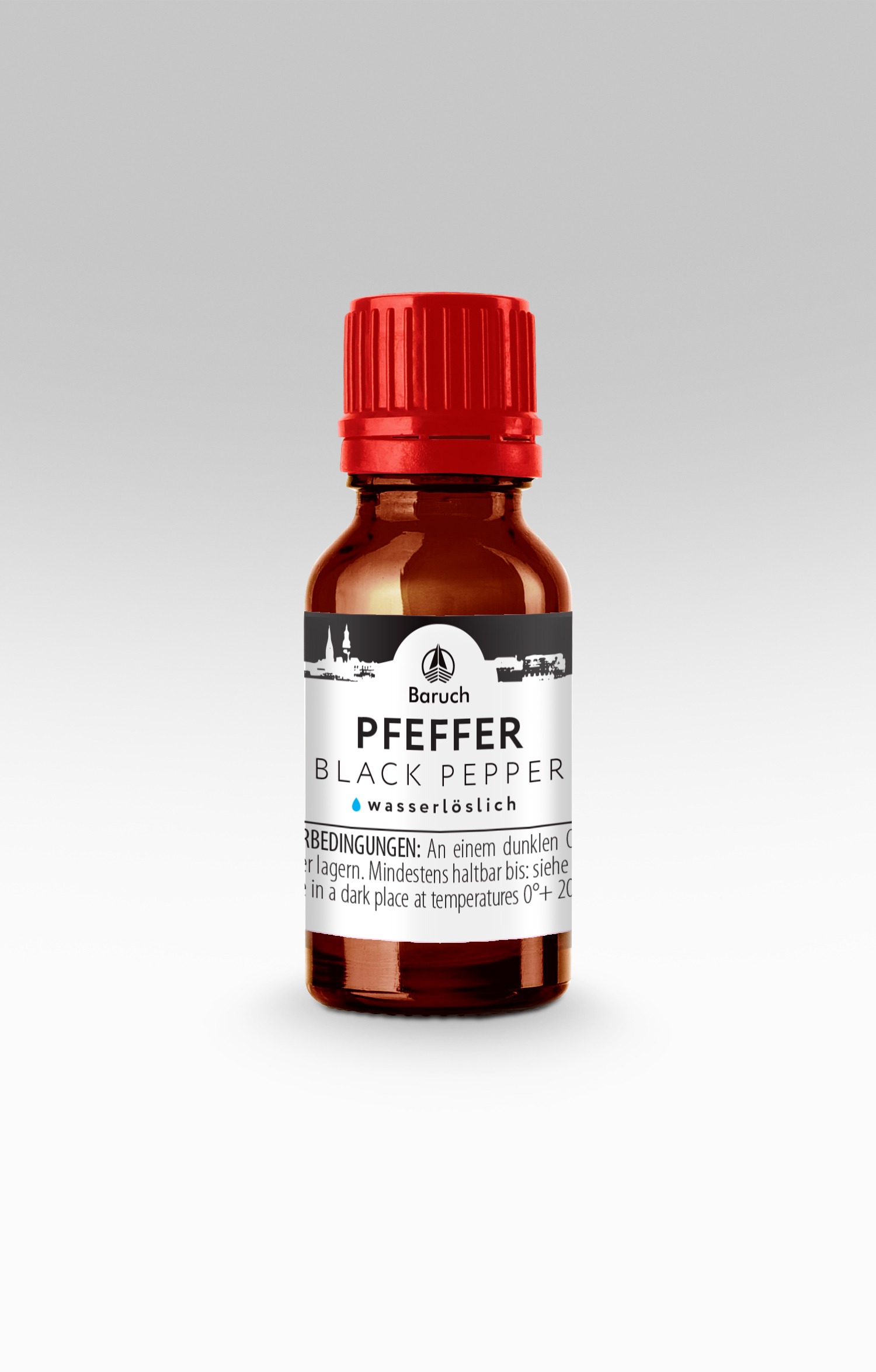Spices and condiments have been used in cooking since mankind’s pre-literate history – it’s safe to argue that arguably the very first restaurant in the history of the world attempted to spice up its food with something spicy and tart to attract more visitors.
Surprisingly, despite all the progress and the explosive increase in innovations in the catering industry, which has proven to be very conservative, little has changed in our time. Chefs still measure aromatic herbs in pinches, just as their predecessors did thousands of years before them. Meanwhile, working with spices in their most popular form, that is, in the form of dry or fresh vegetable raw materials (ground or “as is”), presents many difficulties and limitations, and sometimes even dangers. We list just a few of them below.
• Unground spices are inconvenient to use, clog the dish and difficult to dose
• Ground spices quickly lose their smell
• The quality and absence of impurities in ground spices is difficult to guarantee
• Spices are contaminated and endanger the microbiological stability of the products to which they are added
• It is difficult to add spices to many dishes, and it is even more difficult to get the effect of their use (drinks, ice cream and many others).But really, can’t modern technologies offer anything that solves such problems while preserving the naturalness and all the beneficial properties of the herbal ingredient? Of course, they can, and a way out has long been found – these are extracts, among which CO2 extracts are especially distinguished by their taste and aromatic properties. However, while the “revolution of extracts” is in full swing in the food industry, it will still be delayed in the catering sector.
There are many reasons for this, but there are two main causes. First, CO2 extracts are a very highly concentrated ingredient that is difficult to dose in quantities typical for food service establishments. Second, CO2 extracts are lipophilic, they dissolve in fats and therefore do not have the versatility a chef needs – in their native form they are difficult to use in soups, drinks, ice cream and sauces, that is, where it would be better to just use a water-soluble ingredient. And if the first problem is relatively easy to solve by diluting the CO2 extract to a suitable concentration, then the second problem has long remained a stumbling block.
However, with the advent of microemulsions of CO2 extracts, the problem of water solubility was solved and at the same time the problem of too high a concentration, since microemulsions of CO2 extracts are a rather deconcentrated pseudo-solution of the “oil in water” type. Such an ingredient turns out to be very convenient to use, easy to dose, reliable and unpretentious, does not flake and does not lose its taste properties throughout the shelf life. At the same time, micro-emulsions of CO2 extracts are not only a more convenient, technologically advanced and tastefully predictable alternative to traditional spices – they can also be used to invent and create dishes that are basically impossible with traditional spices.
Let’s list the advantages of using microemulsions of CO2 extracts over traditional spices (divided into groups as the list is quite extensive).
Main Benefits
• Emulsions are a universal water-soluble ingredient, so they can be used in any type of dishes (soups, drinks, ice cream, pastries and others) for any type of cooking (hot, cold, pickled, salted and others). and in any type of cuisine (national, modern, professional) without restrictions
• Emulsions are carriers of a fully opened and undamaged aroma matrix, fully corresponding to the original vegetable raw material - thanks to cold extraction technology, thermolabile compounds do not decompose when extracted from the raw material, thereby preserving the taste and smell of the plant and the entire flavor matrix of the original raw materials accurately transferred into the finished dish
• When using emulsions, the taste and smell of spices and fragrant herbs almost instantly spreads to the entire volume of the prepared dish - no time is required to reveal the properties of the ingredient, since they are already fully revealed. It also does not require heat treatment (or infusion), which allows you to add emulsions at any stage of cooking, including their use as liquid spices in cold dishes
• Emulsions are able to give a dish an ever richer flavor than is possible with conventional spices in traditional methods of use - industrial extraction technology gives a much better result, extracting the necessary substances from vegetable raw materials more completely and deeply, than it is possible with conventional kitchen appliances and accessories
• Emulsions do not contain dry substances, so they do not leave traces after use and do not pollute the product with excess “hay” (the remains of vegetable raw materials that gave the dish its taste and smell and are no longer needed in it)
• Emulsions are of the same type in terms of their properties and methods of application, therefore when using them there is no need to take into account the individual properties of a particular type of plant material - it is enough to master the ingredient once. Understand its logic and get to know the most important application methods. These skills are applicable to any type of emulsion.New opportunities
• With water-soluble emulsions of CO2 extracts you can easily and quickly improve any of the existing dishes on your menu or add a new flavor (e.g. cloves in broth, cardamom in coffee or chamomile in tea)
• Emulsions can be used to create a “wow effect” when serving a hot dish (for this you need to put or spray emulsions on the product immediately before serving and cover with a lid - after removing the guest will be in the center a fragrant cloud)
• Emulsions of CO2 extracts are unsurpassed marinades – due to a very fine grinding (less than 100nm), the extract particles penetrate deep into the product very quickly and permeate it. Thanks to this property, with the help of microemulsions, you can quickly and effectively marinate meat, poultry, mushrooms, vegetables, fruits, berries - literally anything - with a consistently brilliant result that can pleasantly surprise your guests
• Due to the lack of signs of use, emulsions can be used as your "secret ingredient" to bring unique flavors and smells to signature dishes
• With the help of emulsions, you can easily and simply create new specialties for your house
• Emulsions open up the possibility of creating different dishes on one base (e.g. a range of broths, soups, teas or lemonades)
• With the help of emulsions, you can create dishes that either have no analogues in principle on the market, or exist, but are very obscure (for example, lemonade with allspice or tomato juice with coriander)
• With the help of emulsions, you can improve the taste qualities of the vegetable ingredients that make up the dish - you can add the share of herbs in any quantity, both for aesthetic reasons and as proof that the dish was prepared with the declared ingredient (for example put some rose petals in the lemonade). In this case, the main part of the taste and smell is provided by emulsions
• The ability to take into account the wishes of regular guests with relatively small forces and adjust the saturation of the taste of certain dishes with the help of emulsionsTechnical and logistical advantages
• Emulsions are a universal ingredient of the same kind, the principles of application of which are always the same, regardless of which spice you choose - which is very convenient, since there is no need to take into account the individual properties of plant materials
• Emulsions keep their properties unchanged during the entire storage period - they do not go out, do not go mouldy, do not dry up and do not become damp
• When purchasing emulsions there is no risk of acquiring raw materials of insufficient quality or containing foreign substances
• Emulsions are made from high-quality raw materials and undergo careful input controls so that their properties are always stable and always at their best
• When using emulsions, logistics are greatly simplified - it becomes possible to buy the widest range of spices from one supplier without worrying about their quality
• Using emulsions greatly simplifies the logistics of using perishable herbs, especially like basil. Having stocks of emulsions with the appropriate names, you can safely add dishes with fresh herbs to the menu without fear of having to buy fresh raw materials every day, and then throw away half if these dishes are not in demand
• Emulsions allow you to decorate and refine your menu with rare herbs and even flowers such as rose, lavender, chamomile, without fear of problems with raw materials or insufficient quality. At the same time, there are no difficulties in working with emulsions, unlike raw materials of this type, which are very difficult to use and difficult to achieve, to give the dish its taste - just add them to the product, the transfer of taste and smell occurs immediately
• In fact, water-soluble microemulsions of CO2 extracts are practical and versatile liquid spices, the use of which opens up many new possibilities for chefs and developers when creating colorful and rich dishes. For creativity, we can provide you with a palette of about 50 basic and common flavors, as well as about the same number of rarer auxiliary flavors. With this palette, you can create many new bright and memorable dishes that will become a hallmark of your establishment, attracting new visitors and encouraging repeat guests to come back more often.For more information on the use of microemulsions in the catering industry, please contact us. We can also help you develop recipes if needed.
When ordering samples, we recommend not taking emulsions in several pieces, but rather ordering a development kit consisting of at least 20-25 aromas, preferably more. It will be quite affordable and all the necessary tastes for the implementation of ideas will always be at hand. You will not be forced to order new samples and wait for new samples every time a new idea visits you.






